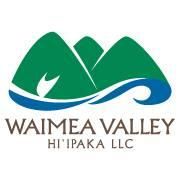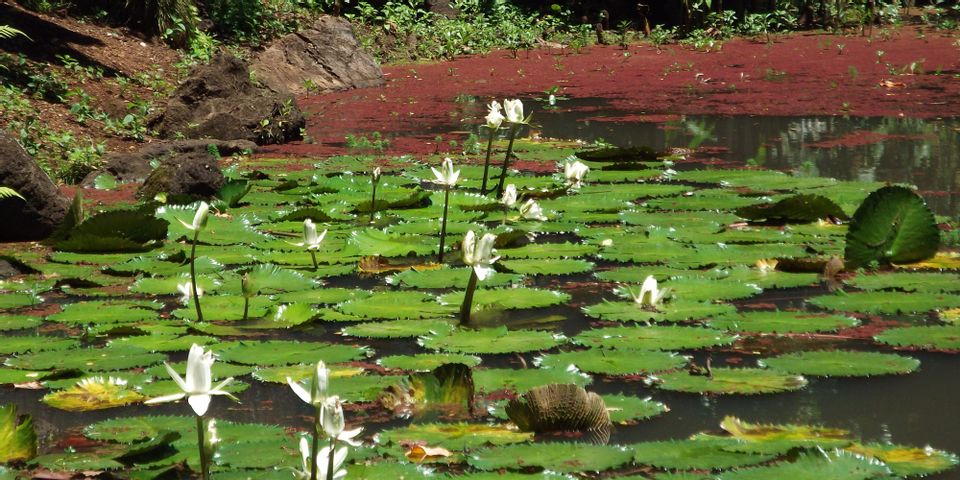
Waimea Valley is a botanical garden, historic and cultural site and 45 foot waterfall located on the North Shore of O’ahu, Hawai’i. It is a 1,875 acre ahupua‘a, a division of land stretching from the mountains to the sea. Waimea Valley has gone through many changes throughout its history and today many of the historic and cultural sites are surrounding by a world class botanical garden stretching over 300 acres.
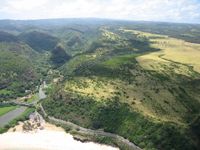 Kamehameha the Great conquered O‘ahu in 1795, he recognized the importance and value of Waimea Valley and awarded the land to his most trusted spiritual advisor, Hewahewa Nui. Waimea was chosen because of its abundant resources and geographical location on O’ahu. In 2003, with a collaboration between the City, the State Department of Land and Natural Resources, the U.S. Army and the Trust for Public Lands, and the Office of Hawaiian Affairs, Waimea Valley is now a non-profit privately owned and managed by Hi‘ipaka LLC, created to nurture and care for this treasure. We believe in preserving our land for the future generation to enjoy and work to keep it sustainable, intact and healthy. Our mission is to “Preserve and perpetuate the human, cultural and natural resources of Waimea for generations through education and stewardship".
Kamehameha the Great conquered O‘ahu in 1795, he recognized the importance and value of Waimea Valley and awarded the land to his most trusted spiritual advisor, Hewahewa Nui. Waimea was chosen because of its abundant resources and geographical location on O’ahu. In 2003, with a collaboration between the City, the State Department of Land and Natural Resources, the U.S. Army and the Trust for Public Lands, and the Office of Hawaiian Affairs, Waimea Valley is now a non-profit privately owned and managed by Hi‘ipaka LLC, created to nurture and care for this treasure. We believe in preserving our land for the future generation to enjoy and work to keep it sustainable, intact and healthy. Our mission is to “Preserve and perpetuate the human, cultural and natural resources of Waimea for generations through education and stewardship".
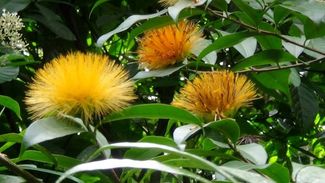
In the early 1970s, Waimea Valley was owned by Charlie Pietsch II, who had a vision to create a botanical garden in the Valley. He hired Keith Woolliams as the Director of the botanical garden from the 1970s until 1998. Keith, a graduate of the Royal Botanical Gardens, Kew, came to Waimea Valley from the National Tropical Botanical Garden on Kaua’i, and he had previously been the Director of the Lae Botanical Garden in Papua New Guinea. He was responsible for bringing in many of the rare and interesting plants from around the world. Keith’s tireless approach to obtaining plants from the four corners of the earth was a blessing because by the early 1990s it became much harder to move plant material across international borders. Today it is almost impossible. Keith also focused Waimea’s efforts to preserve the rarest plants of Hawai’i’s dryland forests, and he pioneered the conservation of named heirloom food crops. Many in today’s conservation community are grateful for his influence. Today, the botanical garden and the conservation program continue to thrive. There are 41 themed gardens with the Kamananui Stream running through the Valley flowing out into the ocean at Waimea Bay. Waimea Bay is the home of the famous Eddie Aikau big surf contest invitational.
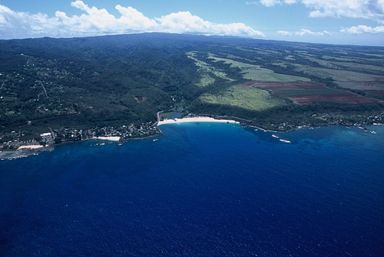
One of the goals of Waimea Valley is to give Hawai’i residents, local & international researchers and professionals, cultural practitioners, all visitors and volunteers an opportunity to encounter rare plants such as these growing at Waimea, keeping those plants in remote areas undisturbed. In the upper regions of Waimea Valley, 45 acres of native plant restoration forest has been fenced to keep ungulate pests from up-rooting plants and causing soil erosion. Monitoring, nurturing, and propagating the rare and endangered species plants at Waimea Valley for conservation and education purposes for the community to enjoy now and in the future is one of our major programs; plus training and educating the youth in conservation is crucial for future leaders in the making toward land stewardship.
Hiipaka's main source of income is through the entrance fee at the gate from visitors who come to see the botanical garden, cultural sites, and the 45-foot waterfall. Don’t miss the opportunity to learn more about Waimea Valley’s botanical gardens. Botanical tours are available every Thursday at noon with our botanical specialists.
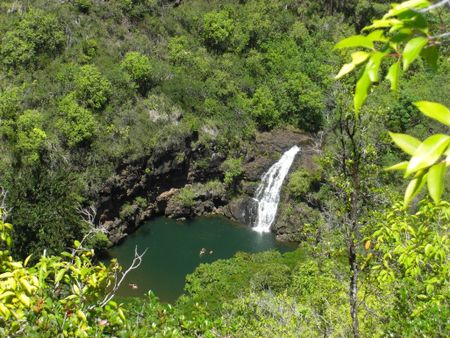
About the Business
Have a question? Ask the experts!
Send your question

